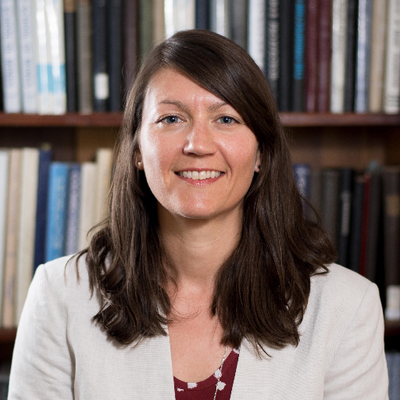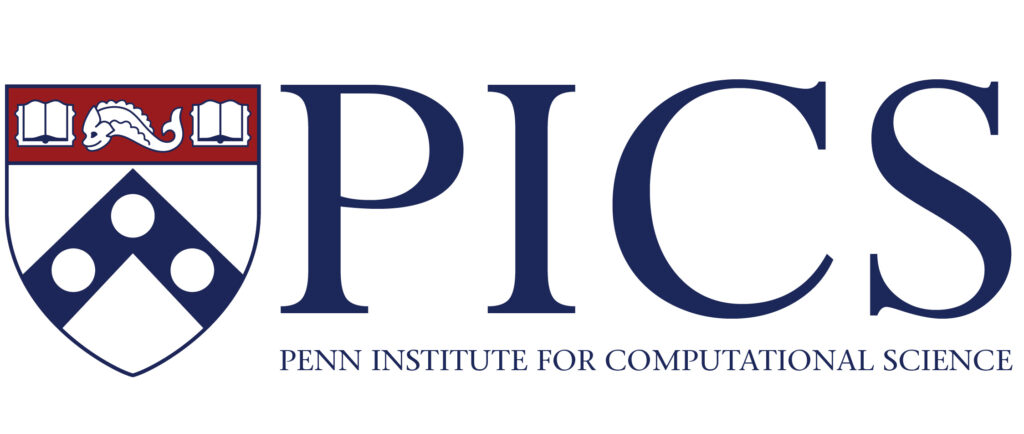
Professor Karin Leiderman from the Colorado School of Mines
Karin Leiderman, Associate Professor at the Department of Applied Mathematics and Statistics at the Colorado School of Mines
When: Friday, November 8th, 2019 from 2:00 – 3:00
Where: Towne 337
Title: Mathematical Modeling of Thrombin-Fibrin Binding Dynamics
Abstract: In this talk Dr. Leiderman will present how blood clot formation involves the coupled processes of platelet aggregation and coagulation, which are triggered when there is break in a blood vessel. Platelet aggregation is largely a physical process while coagulation is biochemical, consisting of a large network of reactions that culminate in the generation of the enzyme thrombin. Thrombin cleaves fibrinogen into fibrin, which polymerizes into fibers to form a stabilizing gel matrix in and around growing platelet aggregates. Thrombin also (re)binds directly to fibrin but this interaction, and its purpose, is not fully understood. Thrombin-fibrin binding is often described as two independent, single-step binding events, one high-affinity and one low-affinity, each through a different exosite on thrombin. However, kinetic schemes describing these single-step binding events with reported kinetic rate constants cannot explain experimentally-observed residency times of fibrin-bound thrombin. In this work, we study a bivalent, sequential-step binding scheme as an alternative to the high-affinity event, and in addition to the low-affinity one. We developed mathematical models for the single- and sequential-step schemes consisting of reaction-diffusion equations to compare to each other and to previously published experimental data. We then used Bayesian inference, in the form of Markov Chain Monte Carlo, to learn model parameter distributions from the experimental data. For the model to best fit the data, we needed an additional assumption that thrombin was irreversibly sequestered; we hypothesized that this could be due to thrombin becoming physically trapped within fibrin fibers as they formed. We also discuss how our model can be used to further probe scenarios dealing with thrombin allostery.
Bio: Dr. Karin Leiderman is an Associate Professor in the Department of Applied Mathematics and Statistics at Colorado School of Mines. Prior to joining the faculty at Mines in 2016, she was an Assistant Professor in the School of Natural Sciences at the University of California Merced from 2012-2016. She was a Visiting Assistant Professor in the Department of Mathematics at Duke University (2010-2012) and received her Ph.D. in Mathematics from the University of Utah in 2010. Dr. Leiderman’s research is aimed at understanding biological systems through the use of mathematics, mathematical modeling, and numerical computation. Dr. Leiderman works on computational and mathematical models of biochemical systems, especially blood coagulation, as well as biological fluid dynamics at low Reynolds number.
